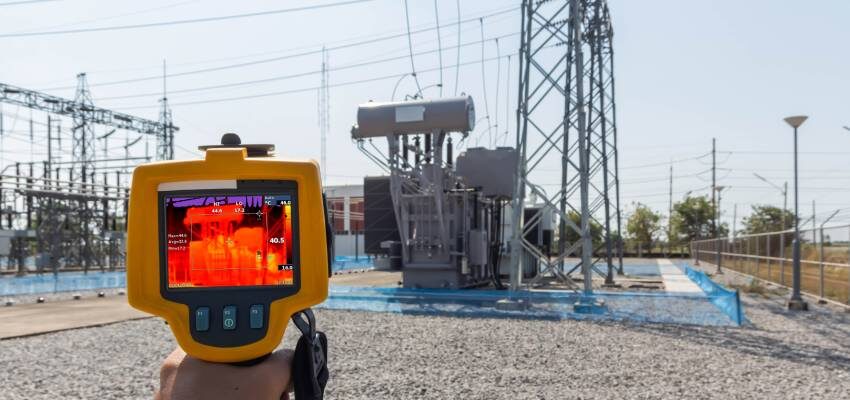
Detection and reduction of high temperature in high current turrets of generator step-up transformers – Part II
One of the leading causes of failure in GSU transformers is related to overheating and the presence of high temperatures in bushing regions and tanks.
bySalvador Magdaleno-Adame

One of the leading causes of failure in generator step-up (GSU) transformers is related to overheating and the presence of high temperatures in bushing regions and tanks [1]. Power transformer standards specify that temperatures between 95 and 105 °C are permissible in low voltage (LV) bushings turrets where rated continuous currents exceed 5 kA [2], [3]. The LV turret temperature should be kept in this temperature range to avoid possible damage to the gasket seals and the presence of transformer oil leaks in the bushing-tank regions [4]. Different interesting techniques to reduce high temperatures in LV turret regions of GSU transformers have been studied and published. For example, in [5] hot spots were found in the LV turrets of a three-phase GSU transformer utilizing thermography and three-dimensional (3-D) finite element (FE) simulations.
Hot spots were found in the low carbon steel structural supports for the current transformers (CTs), which are in the interior of the LV turrets and closed to the LV bushing conductors. Low carbon steel CT supports and the turret regions presented temperatures above 140 °C. The low carbon steel CT supports were replaced by non-magnetic stainless steel (SS) supports to eliminate the presence of hot spots in the turret regions of the GSU transformer. The heating issue in the GSU transformer was fixed on-site utilizing non-invasive techniques. With the SS CT supports, the GSU transformer presented temperatures around 100 °C in the turrets. In [6] a methodology to reduce the eddy currents induced by stray fields in the low carbon steel LV turrets of a three-phase GSU transformer is presented. Utilizing 3-D FE simulations, the authors analysed a set of electrical jumpers which work as electrical paths for the eddy currents induced in the turrets.






